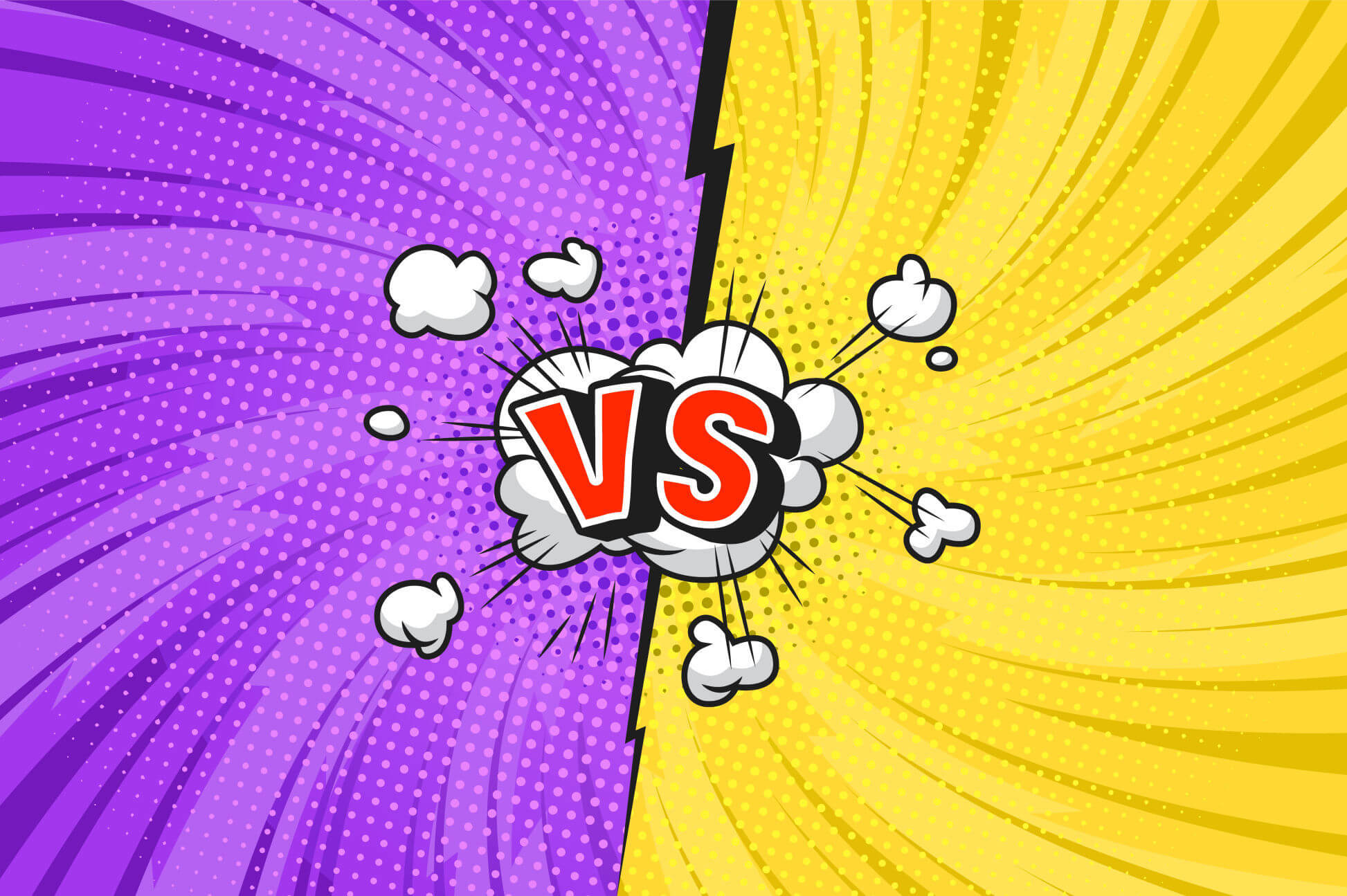Two Approaches to Remote Work
Work as an analytic in consulting means creating numerous presentations, preparing large reports and so on. The workplace must provide tools for doing that job.
I worked in two completely different, but similarly viable environments. The first one is Totalent, which is a system with dedicated cloud workspace, pre-installed Linux, Windows and all required software:
- You don’t have to have a powerful PC, all the work is done on remote servers. The delay is basically non-existent, so most of the time the remote part doesn’t really bother.
- In fact, you don’t have to have a PC at all – it’s possible to work even on smart phone if you have Bluetooth mouse+keyboard, and some urgent actions can be done with touch if required. All you need is stable internet connection.
- There’s integrated video call service, so there’s no need to install 3rd party software for work-related conferences.
- The system counts every minute of working time when you logged in, so your overtimes are instantly captured by the system.
It worked surprisingly well, but there were also some disadvantages, too. Most of them stem from the key advantage of remote systems:
- You must have a good Internet. It’s possible to work with slow Internet speed (picture wouldn’t degrade even by a little bit), but the delay would increase to uncomfortable amounts.
- Sometimes there might be server-side issues that can slow down the work.
- The system can’t play any sounds (aside from call tool). Since you don’t really need sounds in mundane office work, this disadvantage might be considered optional, but it was worth to mention.
- You have to work with web camera. Personally, it didn’t bother after a week or so, but it might be uncomfortable for others.
The other environment I worked in is not really environment in a strict sense of the word – it’s the lack of one:
- All your work is being done on your own PC. There’s also cloud disk for team members
- All communications are done through e-mail and 3rd party software
- You’re not captured on video or whatsoever
Surprisingly enough, those two approaches can be both viable. The first one basically emulates work in the office, the second one is based on trust and provides freedom, which might be perfect for some people. I liked working in both styles, but the first one really helped with self-organization, which is the must for remote work.

